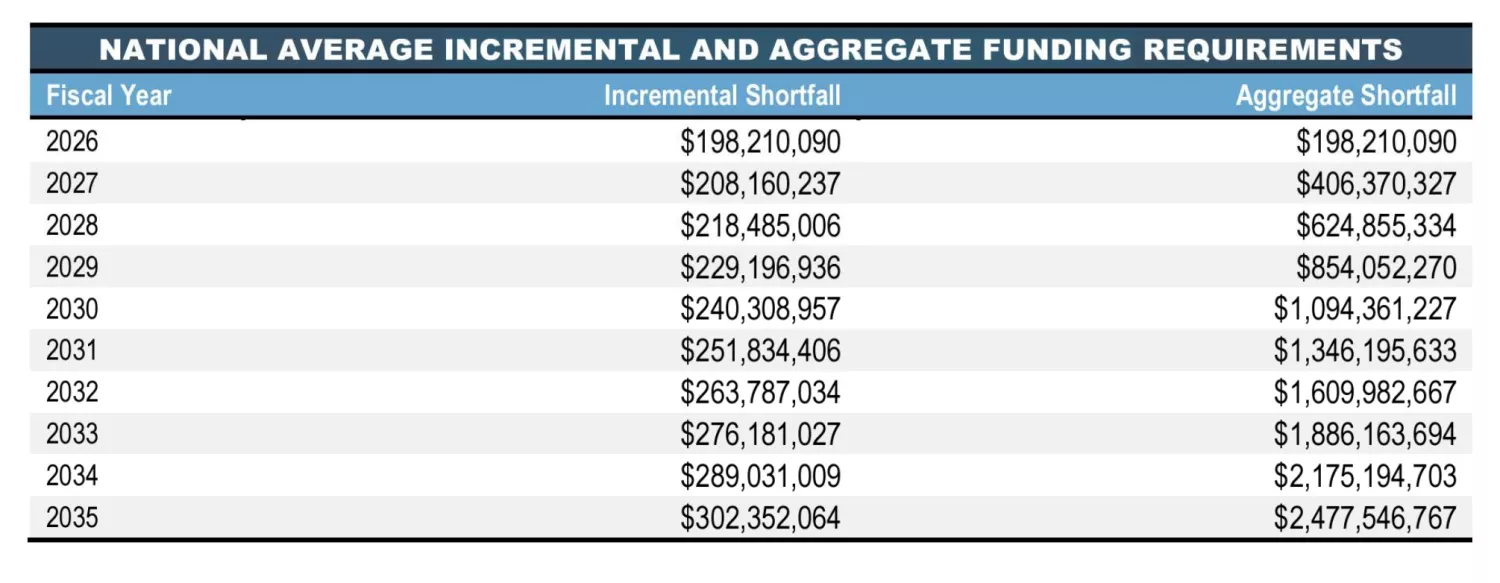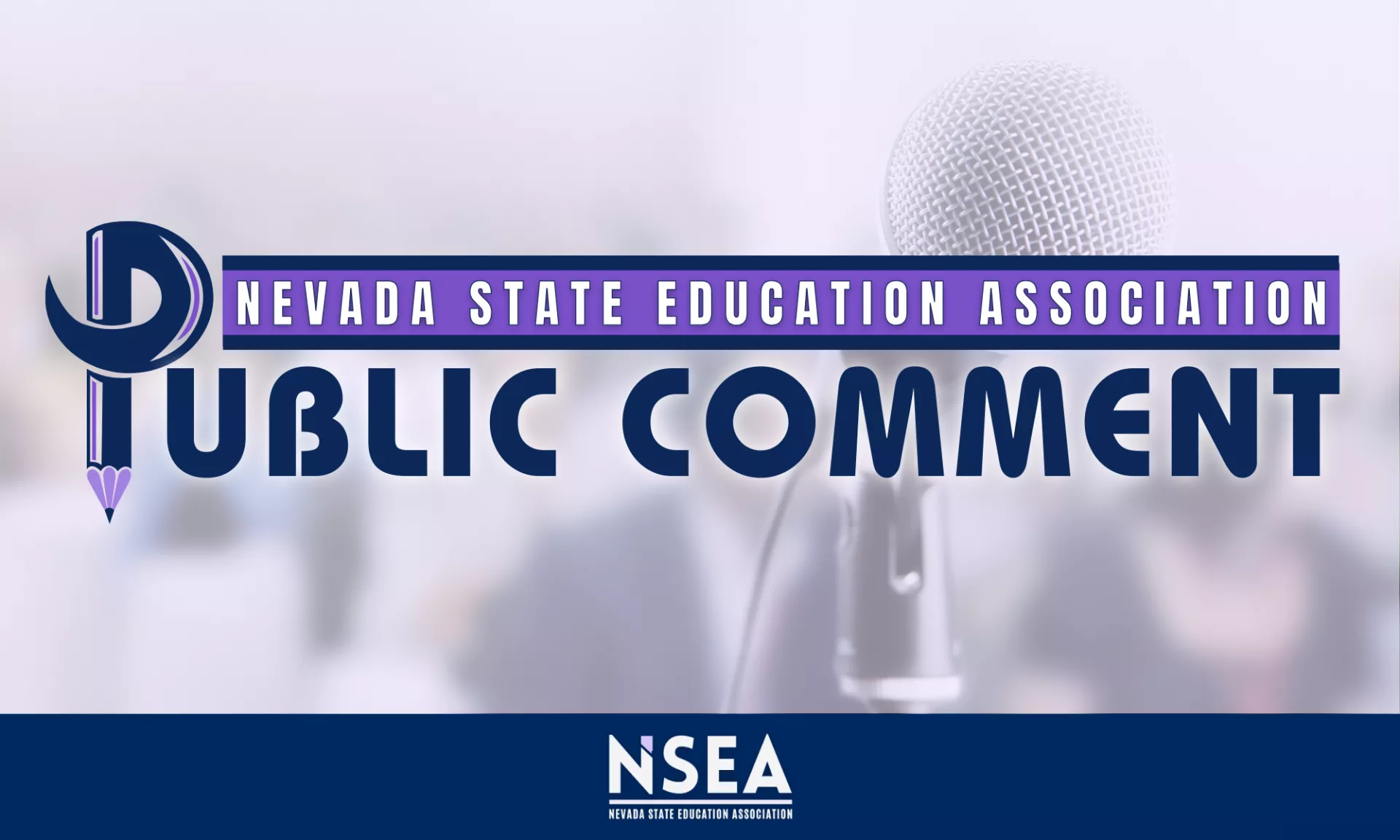Facing one of the worst educator shortages in the county, NSEA engaged the last legislative session with our Time for 20 campaign, calling for 20% raises, average class sizes of 20 students, and starting pay of at least $20/hour for every educator. With record new revenue coming into the state, significant progress was made, and many NSEA locals were able to negotiate raises worth 20% over this biennium. That is very good news. However, as you will see from the report from the Commission on School Funding today, Nevada remains well behind the national average in education funding. This has made it impossible to make any progress on the issue of class size and hampers districts’ ability to make significant progress on student achievement.
Today, the Commission on School Funding will be previewing their 2024 report, which includes recommendations on what we believe is the Commission’s most important charge—to identify optimal funding and a method to fully fund that within 10 years. Even after record funding, Nevada remains more than $4000 behind the national average in per-pupil funding. To reach the national average in 10 years, we need an additional $2.47B per year. For the next biennium, the Commission’s recommendation requires an additional $604M.

With tempered budget projections from the Economic Forum earlier this month, stepping up education funding will require significantly more political effort than last session. Increased investment in future fiscal years, with economic uncertainty, will require passing new revenue like the Commission’s proposals on sales and property tax. And that is why NSEA has been calling the question on Nevada priorities. NSEA supports the work of the legislature to address accountability in education. However, that accountability needs to include all decision-makers, especially those that control overall education funding in the state.
